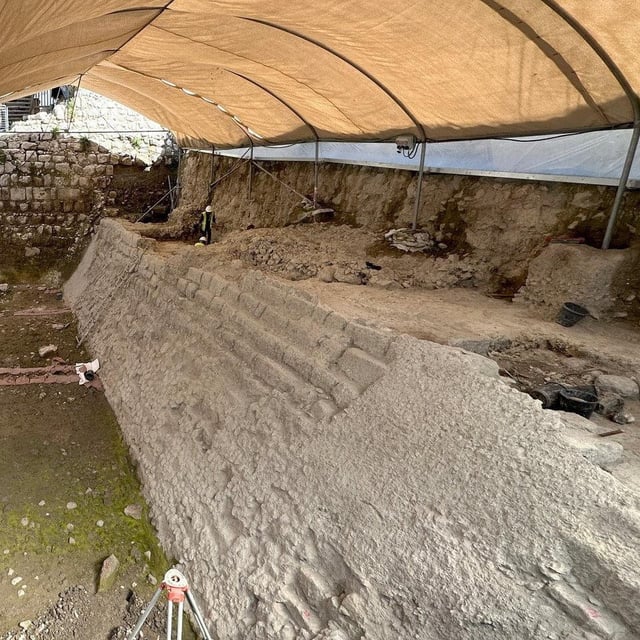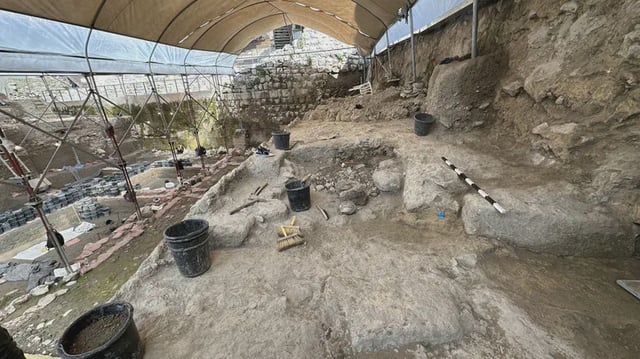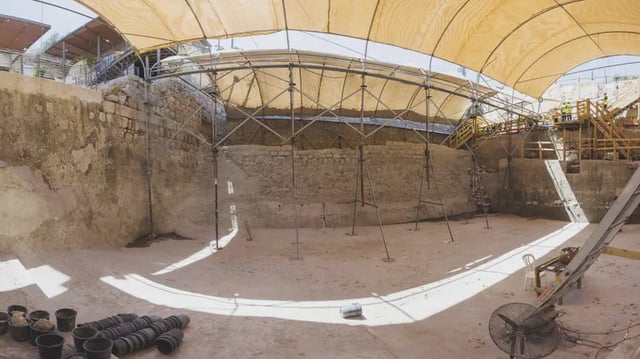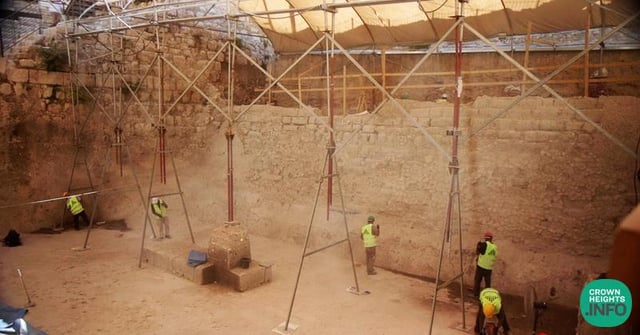Overview
- A joint Israel Antiquities Authority–Weizmann Institute study places construction of the Siloam Dam at roughly 805–795 BCE, during the reigns of Judahite kings Joash or Amaziah.
- Researchers dated short‑lived twigs and straw embedded in the dam’s mortar, achieving an unusually tight ~10‑year range for the build.
- The structure is described as Israel’s largest known ancient dam and the earliest discovered in Jerusalem, standing about 12 meters high, over 8 meters wide, with at least 21 meters exposed.
- Climate proxies from Dead Sea cores, Soreq Cave speleothems and solar‑linked isotope records indicate prolonged aridity punctuated by intense storms, aligning with the dam’s dual roles in water supply and flood control.
- The installation is presented alongside a Gihon‑damming tower and a channel to the Siloam Pool as evidence of coordinated royal water management, with findings to be showcased at the City of David Studies conference in early September.



